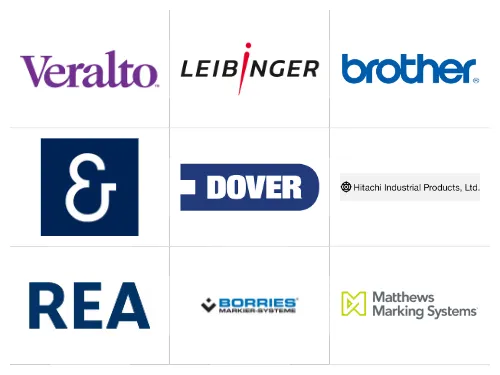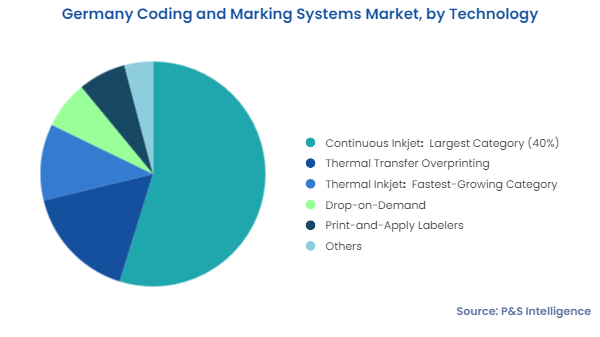Germany Coding and Marking Systems Market Future Prospects
The German coding and marking systems market will generate an estimated revenue of USD 309.8 million in 2024 and it is expected to reach USD 484.4 million by 2030, at a CAGR of 7.9% during the forecast period (2025–2030). Coding and marking systems Are an essential part of industrial automation as well as packaging. They print crucial information, such as barcodes, QR barcodes, batch numbers, and expiry dates, on products and packaging. The market has been growing steadily owing to the strict regulatory requirements, increasing need for product traceability, and technological advancements.
Germany and EU have strict regulations, for instance, the FIC Regulation and FMD, according to which precise coding and marking for product traceability, authenticity, and safety are essential. Therefore, the implementation of such regulations is likely to boost the adoption of advanced coding and marking technologies.
Moreover, technological advancements and upgrades are propelling the market. Printing technologies with high-resolution features, such as laser and thermal inkjet printers, offer superior quality print and speed. In addition to this, the integration of IoT and AI as well as other industry 4.0 technologies aids in real-time monitoring, enhanced automation, and predictive maintenance.
The growing popularity of e-commerce as well as online retail is also augmenting the demand for efficient product identification and tracking. There is a demand for coding and marking systems due to the need to print QR codes, barcodes, and other identifiers to ensure smooth logistics and supply chain operations.
Additionally, the automotive industry provides substantial growth opportunities for coding and marking systems. The advancement in automotive components and the need for traceability necessitate advanced labeling solutions. Moreover, amidst the need to ensure component quality and regulatory compliance, the gradual shift toward EVs and autonomous vehicles is introducing new requirements for coding and marking systems.
Furthermore, the use of integrated, automated, and intelligent systems in smart manufacturing procedures increases efficiency as well as quality control. Hence, coding and marking systems that are compatible with advanced manufacturing processes are in high demand.




